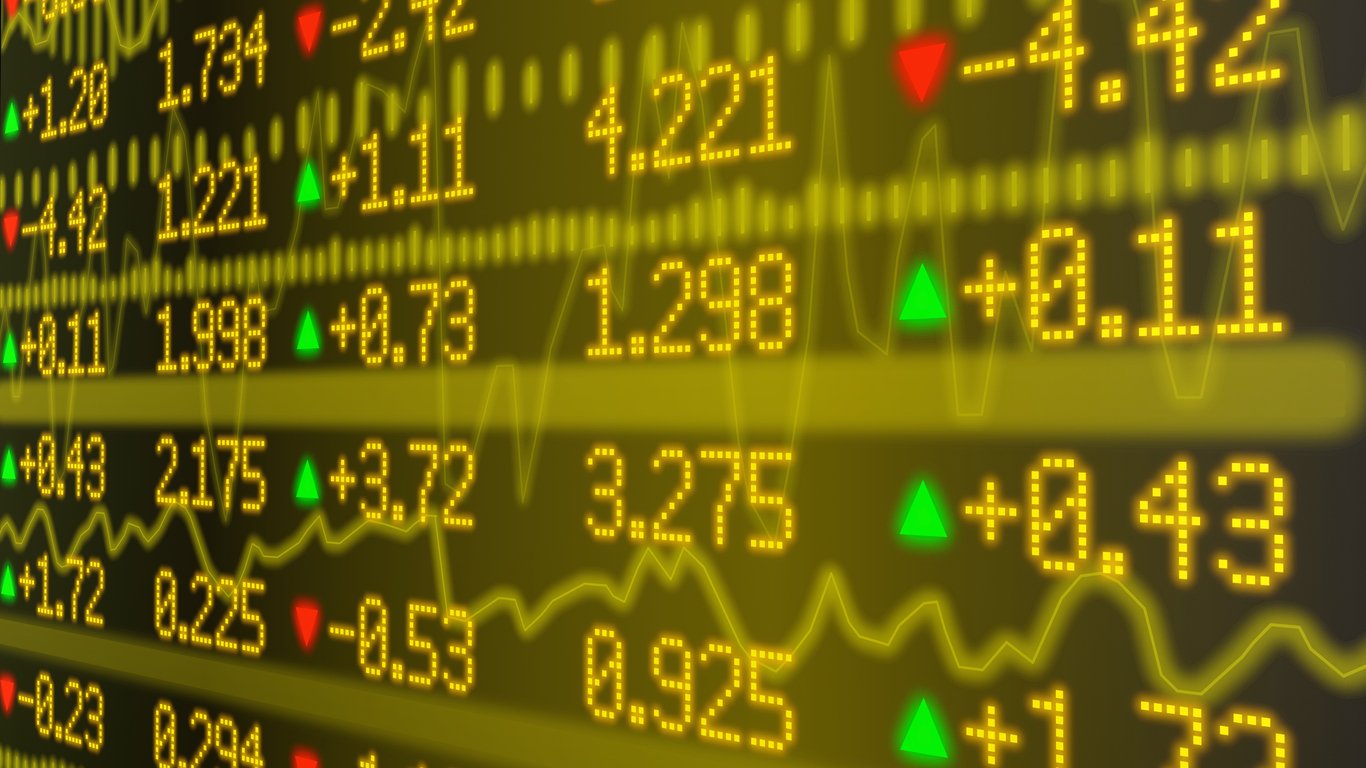Nearly three of every four traders are watching real-time trading imbalance data and add that it can influence how they trade into the close.
It’s no secret that trading at the close has garnered a lot of attention lately as traders struggle to find the most liquidity at the best price – which usually occurs during the last 30 minutes of the trading day. Nasdaq, in partnership with market consultancy Greenwich Associates and author Richard Johnson, examined the effect that access to real-time auction imbalance data can have on how firms are trading. In its research, the two found that 70% of traders said real-time imbalance data can influence how their firm trades in the auction or continuous market.
This falls against the backdrop of other interesting facts – such as that approximately 7% of a stock’s average daily volume now occurs in an auction. This is an increase of 44% from just 6 years ago.
Also, use of guaranteed “market-on–open” or “market-on-close” strategies has increased to 14% of portfolio trading, up from 5% in 2015.
 Richard Johnson, Greenwich Associates
Richard Johnson, Greenwich Associates
This study includes data from interviews with 30 buy-side traders conducted during August 2016 and leverages data from 77 interviews with portfolio trading accounts conducted during the Greenwich Associates 2016 U.S. Portfolio Trading Study. In addition, the report canvassed 7 sell-side traders during September and October 2016 to gain additional qualitative insight. Quantitative analysis, performed by MayStreet LLC, was conducted using trade, quote and other market data feeds on all NMS stocks between April 1st and August 31st. (Note: NYSE data from June 3 to August 31, 2016; Nasdaq data from May 16 to August 31, 2016.)
Johnson, author of the report, also noted that over half of buy-side traders still give orders over the phone to a broker to place in the auction. This may seem surprising in today’s electronified trading world, but the NYSE closing auction is one area where floor brokers retain certain advantages.
Still, the most popular choice for accessing the crosses is via a trading algorithm. Given that there are special rules and order types around auctions which vary by exchange, it is not surprising that most buy-side traders choose to access the exchange-operated crosses in this manner.
The report concluded the call auction is a beneficial feature of market structure, as it concentrates liquidity at a point in time. In a continuous market, a buyer and seller could miss each other by a matter of seconds, and each would incur a cost for demanding liquidity. If they are able to meet in a call auction, they can execute large-size trades with less impact. This type of cross also represents effective price and liquidity discovery, and thus it is used to set official benchmark prices.
“Exchange-operated opening and closing crosses are becoming an increasingly important part of the trading day, as passive investing continues to grow and traders look for opportunities to execute larger blocks of stock. With almost 7% of a stock’s average daily volume now occurring in an auction—an increase of 44% from just 6 years ago—it is all the more important that traders have visibility into this process and the appropriate data and tools to optimize their trading performance.”
Just as each exchange auction operates in a slightly different manner, the type of information provided by exchange auction feeds also varies from exchange to exchange.
“Traders should ensure that they understand these differences and tailor their trading strategies accordingly,” the report said.
The full report can be downloaded here.














